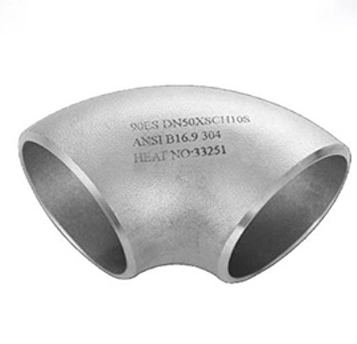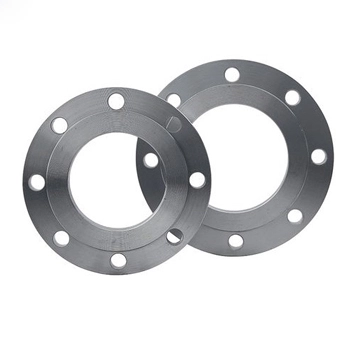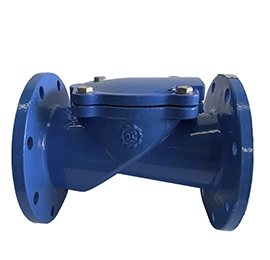A leaking pipe joint can shutdown your entire operation. At Silver Valley, our API-certified butt weld fittings ensure 100% leak-proof connections for extreme conditions.
Butt weld pipe fittings are permanent connections that join sections of pipe by welding along the circumference of the joint. Unlike threaded or socket weld fittings, they offer a smoother internal surface, which improves flow efficiency and reduces pressure drop. These fittings are capable of handling high pressure ratings, up to ASME Class 2500, and provide superior fatigue and stress resistance. Because of these advantages, butt weld fittings are widely used in critical systems acrossindustries such as oil and gas, power generation, and chemical processing, where long-term reliability and leak-free performance are essential.
From offshore platforms to arctic pipelines, the right butt weld fitting choice impacts system safety and longevity. Let's examine what makes them indispensable.
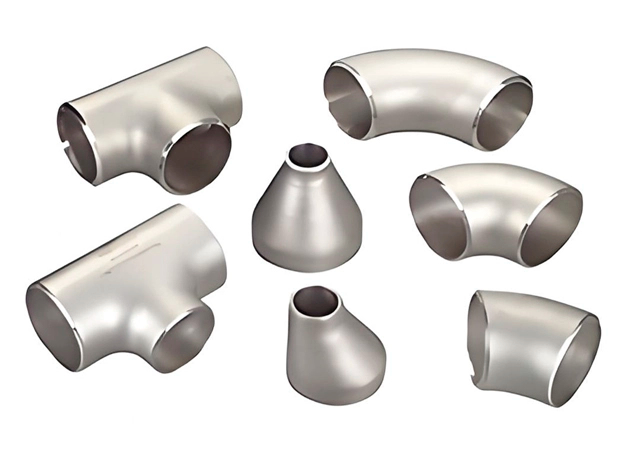
What Makes Butt Weld Fittings Superior for High-Pressure Systems?
A refinery explosion traced to faulty threaded connections cost $8M in damages last year. Here's why engineers increasingly prefer butt weld solutions.
Butt weld fittings outperform other types by:
Eliminating turbulence: Seamless interior surface reduces pressure drop by 30-40%
Withstanding vibration: Full penetration welds withstand 4x more cyclic stress
Preventing crevice corrosion: No threads/gaps where corrosion initiate
The Complete Guide to Butt Weld Fitting Types
Piping engineers specify different butt weld forms for unique challenges. Choose wrong, and you risk flow restrictions or premature failure. Essential Butt Weld Varieties:
Elbows (45°/90°): For directional changes without turbulence
Tees (Straight/Reducing): For flow division/combination
Reducers (Concentric/Eccentric): For pipe size transitions
Caps: For permanent line termination
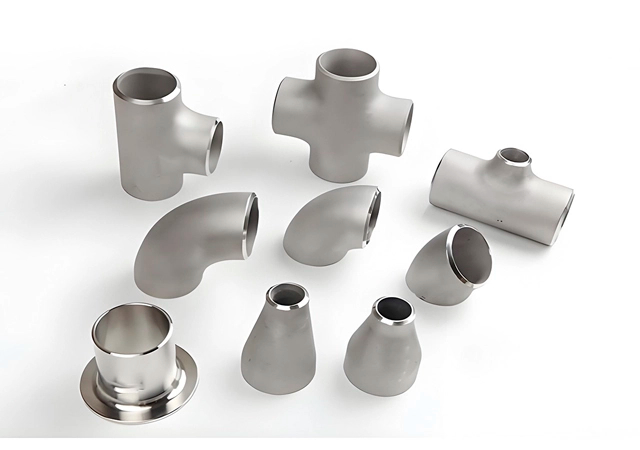
Where Butt Weld Fittings Outperform Alternatives
From -50°C Arctic gas lines to 1000°F refinery pipes, specific applications demand butt weld reliability. Critical Use Cases:
Oil & Gas Transmission: API 5L X65 fittings with 3PE coating for pipeline integrity
Nuclear Plants: ASME III Class 1 certified fittings for primary circuits
LNG Terminals: Cryogenic stainless steel (316L) for -162°C service
Pharmaceutical: Electropolished 316L with orbital welds for clean steam
Case Study: A Norwegian offshore platform achieved 15-year corrosion-free operation using our duplex steel butt weld system with automated PUR corrosions monitoring.
Industry-Leading Quality at Silver Valley
When BP audited 12 global fitting suppliers, our butt weld products ranked #1 for dimensional accuracy.
Our Manufacturing Edge:
✔ Digital Precision: CNC mandrel bending within ±0.1mm tolerance
✔ 100% NDT: Every fitting undergoes RT/UT testing
✔ Traceability: Each piece has QR code linking to full material history
✔ Custom Solutions: Non-standard angles/wall thicknesses available
Certifications That Matter:
API 5L Monogram Program
PED 2014/68/EU Category IV
ISO 15848-1 Fugitive Emissions
NACE MR0175 for sour service
Critical Maintenance Checks
Implement a risk-based inspection (RBI) strategy aligned with API 570:
Thickness Monitoring:
Ultrasonic testing (UT) at erosion-prone areas (e.g., elbow extrados).
Baseline readings within 6 months of commissioning.
Corrosion Under Insulation (CUI):Inspect carbon steel fittings every 5 years in coastal environments.Switch to hydrophobic insulation materials for cryogenic service.
Fatigue Monitoring:
Install strain gauges on supports near high-vibration pumps/compressors.
Conduct dye penetrant testing (DPT) after seismic events in tectonic zones.

 EN
EN



